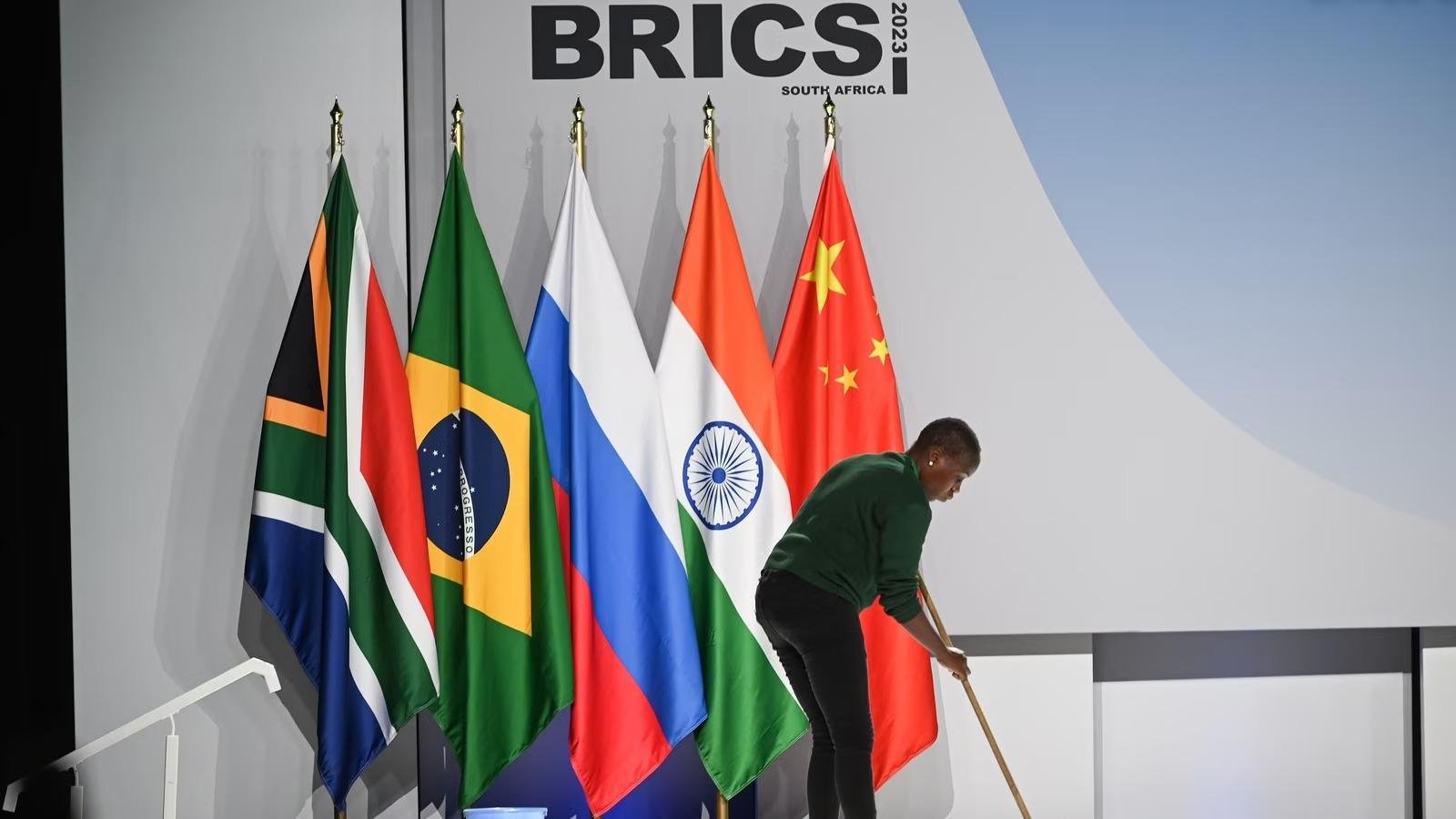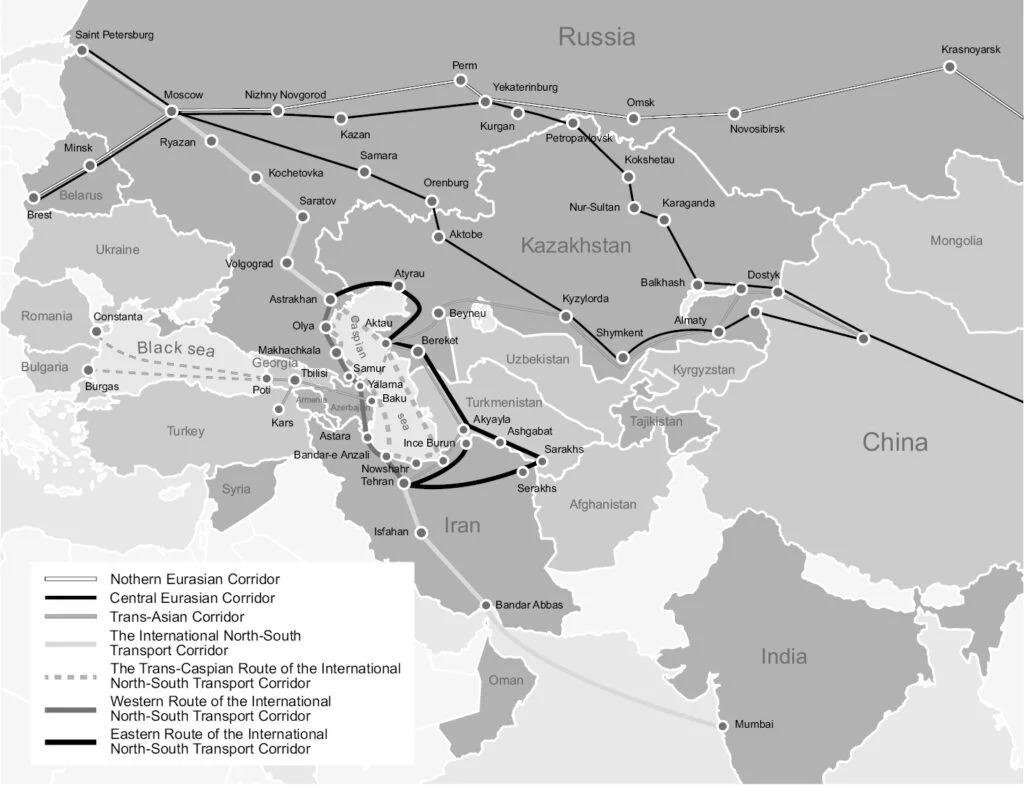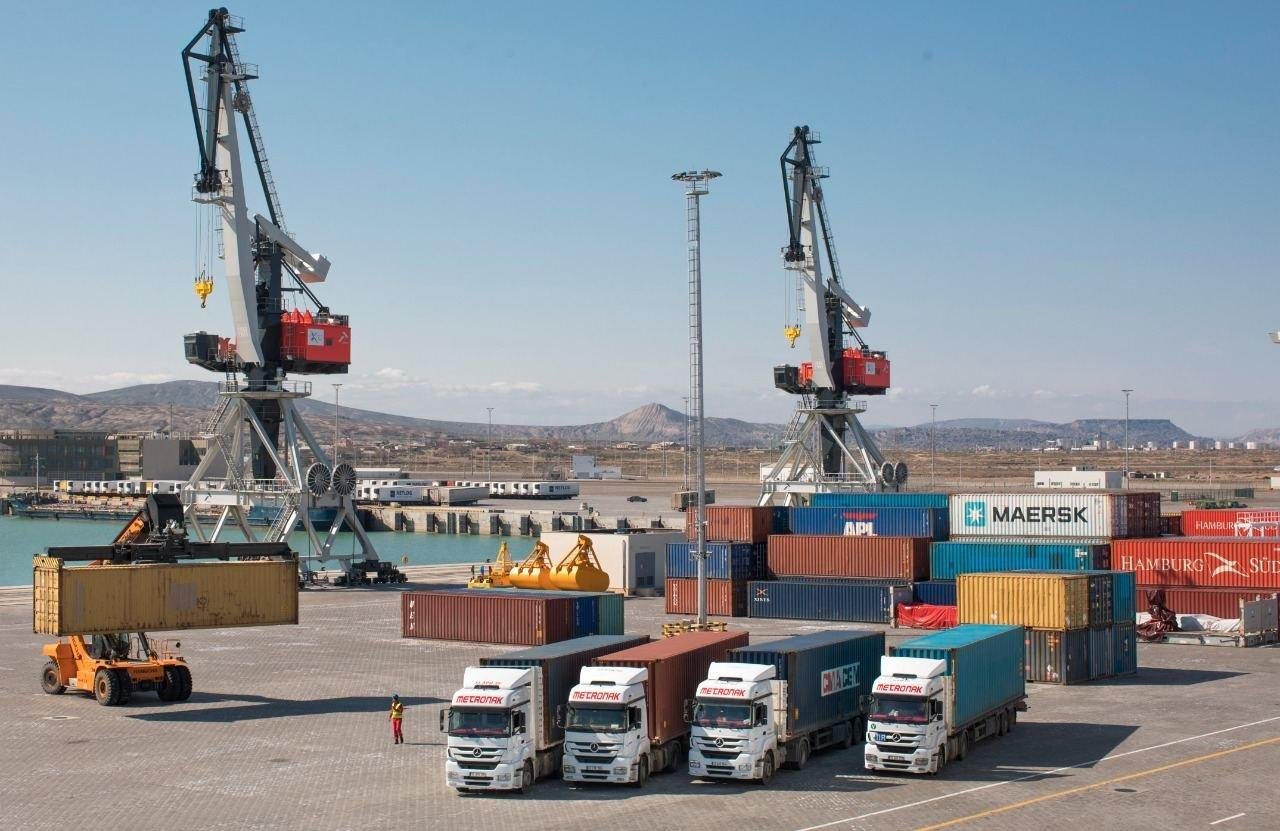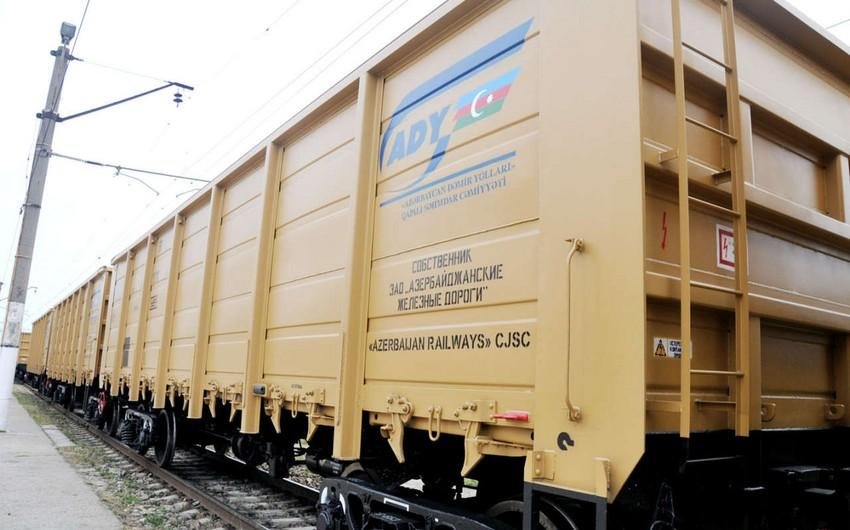BRICS, North-South Transport Corridor and Azerbaijan Vital hub at Europe-Asia crossroads
The world is currently witnessing a competition between global powerhouses to reshuffle the world order by grabbing more roles in global-scale developments in almost every key sector, including from geopolitics, economy, trade, transport and more.
Since the Western alliance is unarguably positioning itself as the major decisionmaker in global community, where some are adamantly resisting a stronger Western influence, new blocs have been emerging, as well as older ones have been expanding to counterbalance.
BRICS, an alliance of five major emerging economies – Brazil, Russia, India, China, and South Africa – to function as a collaborative force to bolster economic development, trade, and geopolitical influence on the global stage, has recently incorporated a new member, namely Iran.

Iran’s membership in the organization puts transcontinental transport cooperation among the member states under a bigger spotlight with the International North-South Transport Corridor (INSTC) ticked as a major project in the relevant agenda.
Now BRICS has three countries – Iran, Russia, and India - forming part of the INSTC mega route spanning Southern Asia and Northern Europe. The 7,200 km long route from Russia’s northern St. Petersburg city to the Indian port of Mumbai aims to use a network of ship, rail, and road routes for cargo transportation in different directions:
- Trans-Caspian – through the Russian ports of Astrakhan, Olya, and Makhachkala to maritime ports in Azerbaijan and Iran;
- Eastern – direct railroad connection through Kazakhstan, Uzbekistan, and Turkmenistan with access to the Iranian railroad network;
- Western – through Russian Astrakhan and Makhachkala regions, and Samur River on the border with Azerbaijan with a further spur into Azerbaijani Astara region on the border with Iran
In a BRICS’ leaders expanded format meeting on August 23, Russian President Vladimir Putin said an important priority of BRICS cooperation is the creation of new sustainable and safe transport routes. He mentioned the relevance of accelerated development of transcontinental routes such as INSTC, which will help facilitate annual transit of up to 30 million tonnes of cargo.

International North-South Transport Corridor (INSTC)
Putin noted that the time has come to establish a permanent BRICS transport commission, which would deal not only with INSTC project, but also on a broader scale with the development of logistics and transport corridors, interregional and global. According to him, Moscow could work on this idea as part of its BRICS chairmanship in 2024.
BRICS, INSTC & Azerbaijan
Stronger support by BRICS to the development of INSTC suits the plans of the government of Azerbaijan aimed at reaping benefits from the participation in the mega project.
“Azerbaijan is located at the geographical crossroads of the East-West and North-South transport routes. The transportation and logistical infrastructure of our country enables transportation in any direction,” President Ilham Aliyev said during an expanded meeting of the Supreme Eurasian Economic Council in Moscow in May, introducing Azerbaijan as an “essential participant” of this project.
Azerbaijan has been playing an active role in creating INSTC in accordance with the "Strategic Road Map for Development of Logistics and Trade in the Republic of Azerbaijan".

Baku port
In September 2022, Azerbaijan, Russia, and Iran signed a declaration to cooperate in the assessment and analysis of infrastructure and transport capabilities in order to use the full potential of INSTC. Moreover, the sides announced the intention to prepare a draft agreement on the Rasht-Astara railway project.
In May 2023, Russia and Iran agreed to complete Rasht-Astara railroad that would link the ports of the two countries through the territory of Azerbaijan. Upon its completion, which is initially scheduled for 2027, it will connect the railway grids of Iran and Azerbaijan, allowing uninterrupted rail transport along INTSC.
INSTC is expected to carry 32 million tonnes of cargo annually at its full-swing operation by 2027. It opens up a huge transit opportunity for Azerbaijan to transform it into a key transport and logistics hub at the intersection of two transcontinental corridors at the center of Eurasia.
To recall, in 2022, transit through Azerbaijan increased by 75 per cent compared to 2021 thanks to well-developed multi-modal transport grid.
With more than 50 ships, Azerbaijan has the largest trade fleet in the Caspian Sea region. The seaport of Alat, designed to transport 15 million tons of cargo, while after its modernization it will be able to handle 25 million tonnes of cargo. Moreover, a modern shipbuilding yard in Baku is capable manufacture any vessel to expand the country’s maritime trade fleet.

Baku International Sea Trade Port
In June, President Aliyev inaugurated the first stage of the Alat Free Economic Zone on the Caspian Sea littoral territory of Azerbaijan, 65 kilometers south of Baku. It spans 60 hectares of Alat settlement which homes a cutting-edge business center, which will include offices of the economic zone authorities, a single-window services centre, as well as offices for investors and customs employees.
The residents of the free economic zone benefit from a wide range of fiscal and non-fiscal privileges, including tax and customs duty exemptions, no restrictions on property ownership, no requirement for a local partner, full protection of intellectual property and more.
The 850-hectare Alat Free Economic Zone with its strategic geographic position near the Baku International Sea Trade Port and on global transport corridors, including the East-West and North-South International Transport Corridors are expected to make one of the pillars of the Azerbaijani government’s plans to establish a more sustainable, export-oriented and competitive national economy.
Baku also plans to integrate INSTC and Baku-Tbilisi-Kars (BTK) railway. Launched in 2017, BTK provides access to Europe, as well as to the Mediterranean ports of Türkiye through the territory of Azerbaijan. From 2017-2022, around 1.5 million tons of cargo has been transported via BTK. According to Azerbaijan Railways Company, the total amount of goods deliveries via BTK amounted to 432,284 tons in 2022, showing a nearly 30 percent increase from 2021.

The 826 kilometer-long BTK line links Azerbaijan’s railway network to the railroad grid of Türkiye and enables an easier and faster rail connection between China, Central Asia, and Europe. Starting in Baku, trains on BTK rails cut through Georgia’s capital Tbilisi towards the final destination of Kars in northeast Türkiye. A 504-kilometer portion of BTK passes through Azerbaijan, while Georgia and Türkiye are home to 263-kilometer and 79-kilometer sections of the railroad, respectively.
The BTK railroad cuts the overland journey between China and Europe to 15 days instead of 25-45, making it twice as fast as sea transport and less than half the price of air travel. In its full swing, annual cargo deliveries on the line will reportedly reach 17 million tons.
Baku is also working to put the Zangazur Corridor into operation in 2024. The multi-modal Zangezur corridor will connect Nakhchivan, a southwestern exclave, with mainland Azerbaijan and further plug into the railway and highway grid of Türkiye. With its potential to form a part of the global routes, the Zangezur corridor is expected to contribute to the Eurasian economies with a nominal GDP of $1.1 trillion.
To sum up, Azerbaijan has provided incomparable conditions for the fastest, cheapest, and most convenient transportation of goods between Asia and Europe. With enormous effort put in the modernization of transport and logistics infrastructure, the country aims to maintain its key transport role despite regional or global geopolitical upheavals.








